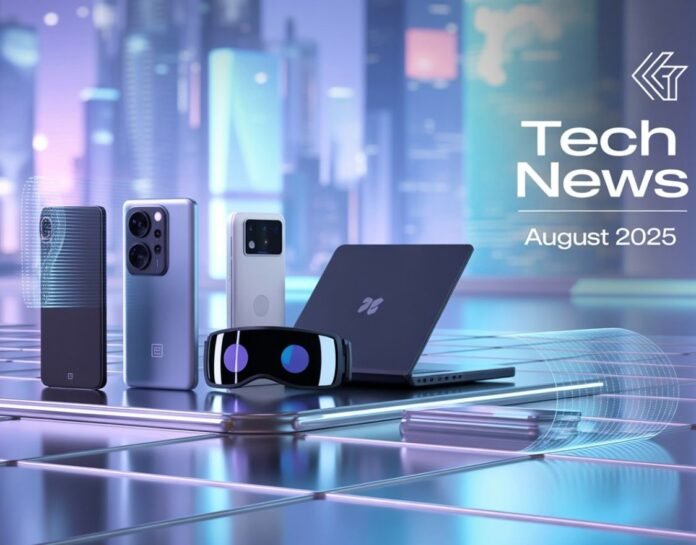In this Tech News August 2025 roundup, we explore groundbreaking feats in Artificial General Intelligence (AGI) progress, massive device launches, policy battles, science discoveries, and global competition. This article covers everything from AI-powered smartphones (Google Pixel 10 AI features) to OpenAI revenue growth $12 billion, AI arms race USA vs China, and much more. Let’s jump in
OpenAI Releases GPT-5: A Leap Toward Smarter AI
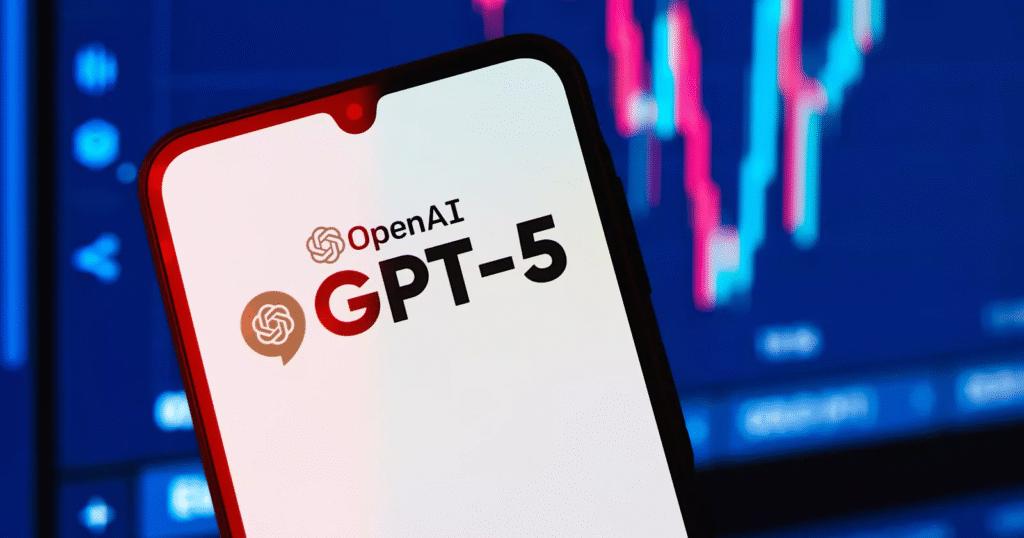
The arrival of GPT-5 marks a pivotal moment in Tech News August 2025. This model shows dramatic boosts in reasoning, multitasking, and natural responses. Early adopters report better creative writing, coding assistance, and even virtual tutoring. GPT-5 reflects true AGI progress, setting it apart from older tools.
What’s more fascinating is how GPT-5 joins the mix of scaled-down GPT models like GPT-OSS 120B and GPT-OSS 20B, which run faster on limited hardware. These open-source siblings come under the Apache 2.0 license AI models banner. Companies experimenting with GPT-5 often pair it with GPT-OSS versions depending on use case, cost, or privacy needs.
What’s New in GPT-5?
GPT-5 brings a massive leap in the AI model context window, letting it understand long documents and conversations better than before. This helps with complex tasks such as summarizing research papers or drafting multi-page proposals. It also integrates smoothly into Microsoft’s stack, powering Microsoft 365 Copilot GPT-5 integration and GitHub Copilot GPT-5, helping you write code and reports with minimal effort.
Many see this as a sign of OpenAI secondary share sale, as external investors gain confidence. With these tools, OpenAI revenue growth $12 billion by mid-2025 seems within reach. That growth fuels upgrades, new subscriptions, and AI subscription perks like voice assistants, image crafting, and beta access to new models.
Why It Matters
This update shifts the AI landscape dramatically. It pressures rivals like Anthropic to improve, and sparks discussions about Claude vs GPT-5 comparison. Developers debate whether DeepSeek R1 model China AI or Google DeepMind AI world simulator might catch up soon. It also raises policy alarms. White House officials discuss stricter rules in AI policy White House regulation to manage the rapid rise responsibly, especially amid AI job displacement fears.
Google Debuts Pixel 10 Series at “Made by Google 2025”
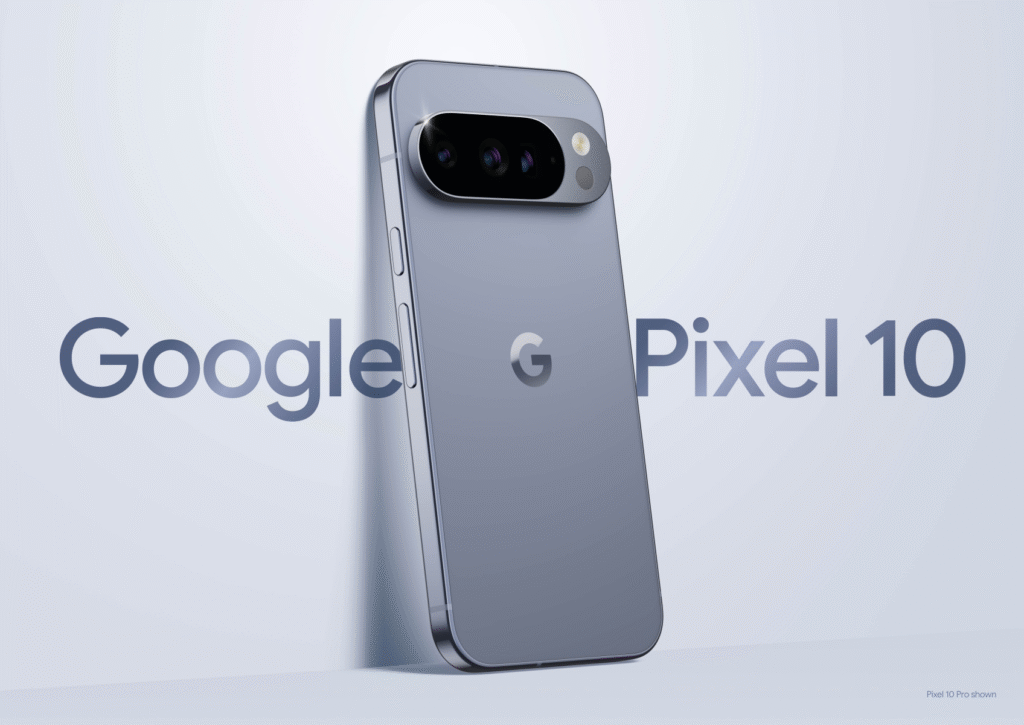
Google’s Pixel 10 Series brings dazzling new features. The phones pack AI-powered smartphones (Google Pixel 10 AI features) that understand speech, photos, and context better than ever. They auto-translate conversations, sharpen blurry scenes, and even suggest replies in messages using GPT-level smarts.
This launch intensifies the AI arms race USA vs China. While Chinese brands flood the market, Google counters with premium AI capabilities and services. The event also highlights the Amazon Fire tablets Android transition, as Google’s design and Android ecosystem promise a cohesive experience that Amazon still tries to match.
What’s on the Stage
On stage, Google unveiled the Pixel 10, Pixel 10 Pro, and Pixel 10 Pro Fold, bundled with Nvidia AI robotics libraries for camera-based AR and gesture control. These libraries, usually used in robotics, now power phone features like intelligent scene detection and immersive gaming. Google also teased tighter integration with Google’s DeepMind AI world simulator, enabling advanced AR layering and virtual scenarios inside everyday apps.
Highlights & Enhancements
These models introduced sustainable design with recycled materials and energy-efficient chips. They also unlock Salesforce Einstein Studio tools on the go, letting sales teams draft pitches or analyze data from their phones. Meanwhile, Zoom introduces AI-led translation features and Zoom AI translation startup acquisition adds real-time language capabilities during calls, making the Pixel 10 much more than a phone.
FTC Warns Tech Giants on Data Privacy

U.S. regulators are focusing on privacy like never before. The FTC recently issued stern warnings to tech giants. Companies like Meta, Amazon, and Microsoft must ensure they don’t weaken U.S. privacy standards in order to please EU or UK regulators. This ties into AI policy White House regulation efforts aiming to safeguard citizen data while allowing innovation.
This comes as consumers worry over their info being used by AI. The FTC warns that missteps could hurt trust and stall adoption of services like Azure AI GPT-5 adoption or Microsoft 365 Copilot GPT-5 integration if users feel their data isn’t protected. In this sense, the warning is more than caution—it’s a push to protect privacy in the era of AI.
Regulatory Tensions
The conflict centers on how companies balance U.S. norms with global laws. EU’s rigorous GDPR-like frameworks and UK Online Harm provisions often go deeper than U.S. rules. If U.S. firms comply globally, they might accidentally erode domestic standards. The FTC wants them to be clear about data use and to maintain high privacy levels.
The Stakes
For citizens, strong safeguards mean safer digital life. For businesses, getting this wrong risks huge fines and losing consumer trust. This debate will shape everything from OpenAI revenue growth $12 billion to social platforms’ progress. The outcome may decide whether U.S. tech leads ethically or lags behind stricter models.
Nvidia Unveils Robotics Libraries and AI Hardware

In August 2025, Nvidia surprised the tech world again by releasing a fresh set of Nvidia AI robotics libraries alongside its new H20 chip. These libraries are designed not only for industrial robots but also for everyday applications like smart factories, autonomous delivery systems, and advanced drones. Developers say these tools help them cut build time and test AI-powered robotics at a much faster pace. Nvidia is betting that robotics will be the next huge wave after generative AI.
The H20 chip, optimized for AI model context window processing, brings massive improvements in performance-per-watt. This matters because companies running AI at scale need efficiency. Big firms like Amazon, Tesla, and Microsoft are already adopting Nvidia’s stack for cost savings and speed. By combining this hardware with libraries, Nvidia positions itself as the backbone of the AI arms race USA vs China, where both nations push for dominance in AI-driven industries.
Industry Impact
For tech businesses, Nvidia’s approach gives them flexibility. They can integrate scaled-down GPT models for smaller tasks while reserving big clusters for GPT-5 or Claude vs GPT-5 comparison testing. Startups love the libraries since they come under flexible licenses and support integration with open frameworks like open-source AI models 2025. This dual play—chips plus software—keeps Nvidia a leader, no matter how the AI wars evolve.
Anthropic Expands Claude With 1 Million Token Context

Another big headline is from Anthropic, where their AI assistant now supports Anthropic Claude 1 million tokens. This breakthrough means Claude can process entire books, legal cases, or codebases in a single go. Businesses see this as a serious step in Claude vs GPT-5 comparison, since GPT-5 dominates reasoning but Claude now dominates memory size.
Users like law firms, research labs, and enterprises benefit most. They can upload vast documents and expect coherent summaries without cutting them into pieces. This is useful in fields like medicine, where whole patient histories need review. It’s also powerful for scientific research, where decades of papers can be processed in hours.
Competitive Landscape
Still, many argue that GPT-5 remains ahead in creative, logical, and multi-modal performance. Anthropic’s move, however, fuels the AI subscription perks war, as customers weigh whether to stick with OpenAI, Anthropic, or adopt multiple providers. It also pressures rivals in Asia, especially China’s DeepSeek R1 model China AI, to innovate faster.
DeepSeek R1 Model Shakes Up AI in China
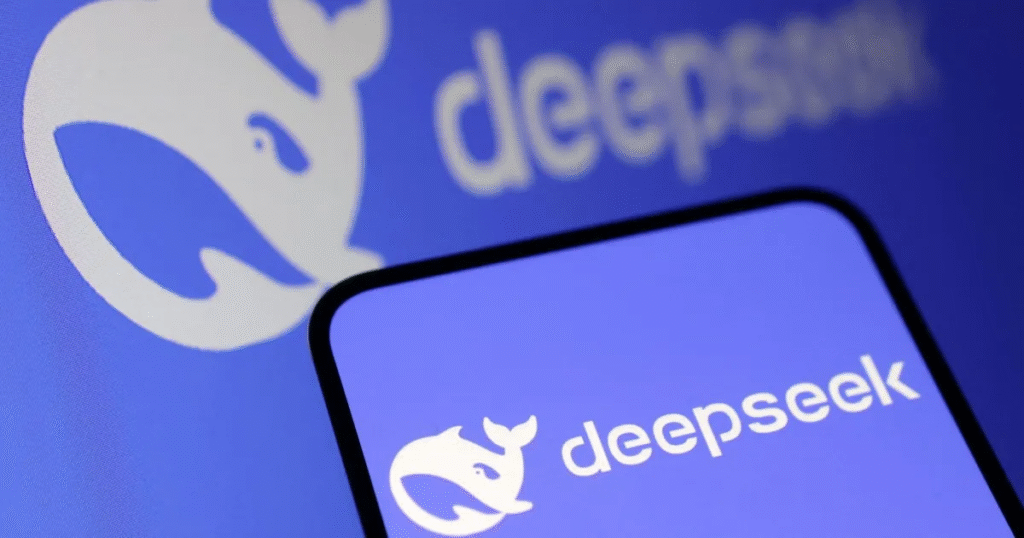
China is not sitting still. The DeepSeek R1 model China AI made headlines this month as the country’s response to GPT-5 and Claude. The R1 is trained on large Chinese and global datasets, aiming to compete in translation, content creation, and enterprise applications. Analysts say this is more than just a model—it’s part of the AI arms race USA vs China that is reshaping global tech competition.
Unlike Western firms that focus heavily on creativity and apps, DeepSeek leans toward enterprise use. It helps with manufacturing optimization, financial analysis, and local government services. This focus aligns with China’s strategy to dominate practical AI that powers industries rather than only consumer products.
Why It Matters Globally
Experts believe the R1 could shift the balance, especially if combined with China’s strong supply chain and cheaper hardware production. Global companies must now decide: stick with U.S. providers like OpenAI, Azure AI GPT-5 adoption, or partner with Chinese AI. This also raises ethical questions, as different nations push different AI policies, further fueling debates at the AI policy White House regulation level.
Microsoft Expands Copilot and Azure AI
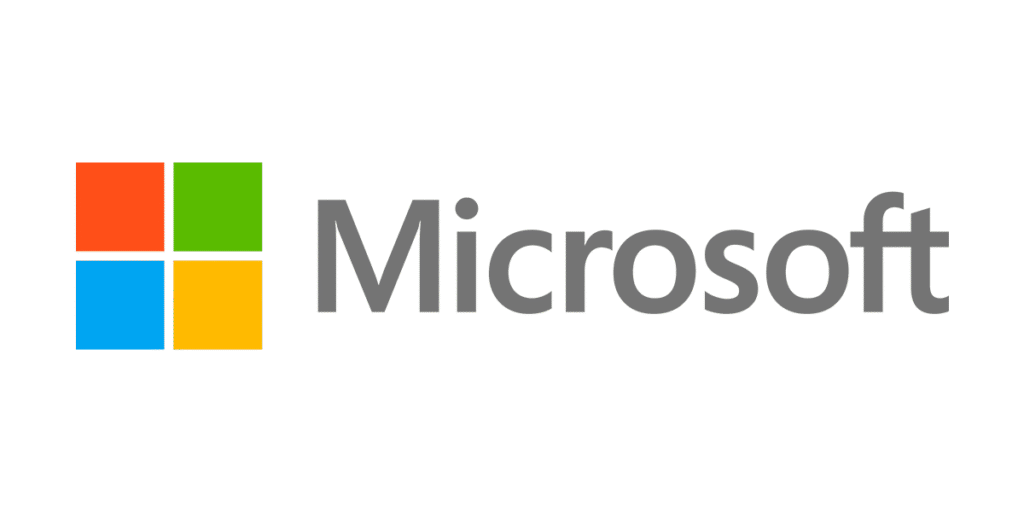
Microsoft continues its heavy AI integration. The company confirmed Microsoft 365 Copilot GPT-5 integration is now available to all enterprise accounts. This means Excel can analyze raw data using GPT-5, Word drafts better reports, and Teams provides smart meeting summaries. Microsoft also confirmed that GitHub Copilot GPT-5 now supports larger projects, offering instant fixes for coding bugs.
Even more impactful is the rise of Azure AI GPT-5 adoption. Cloud customers now deploy GPT-5 at scale through Azure, making Microsoft the default enterprise AI provider. From healthcare to retail, businesses report higher productivity. Microsoft is also pitching Azure as safer for corporate data, which directly ties into AI job displacement fears since automation eats into repetitive roles.
Case Study: Finance
One financial firm shared that moving to Azure GPT-5 saved them 40% in operational costs. Reports, customer queries, and fraud analysis are now automated. The downside is that some roles were cut, showing how productivity gains also lead to workforce restructuring. This case echoes the larger global discussion: AI is powerful, but it must be managed carefully.
Salesforce Launches Einstein Studio Upgrade
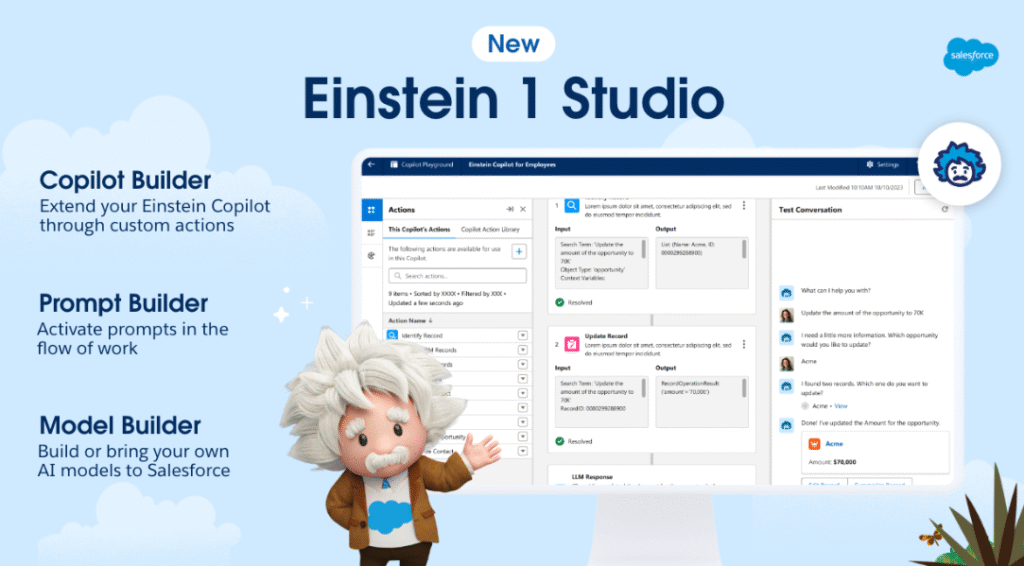
In August 2025, Salesforce updated Salesforce Einstein Studio to integrate scaled-down GPT models and GPT-5. This lets companies personalize sales campaigns in real time. Sales reps no longer need to guess customer needs; the system predicts them and suggests tailored offers. Executives say Einstein Studio is about augmenting workers, not replacing them.
The upgrade also allows linking with other enterprise platforms. For example, it can connect with Zoom AI translation startup acquisition features, letting a global team pitch clients in multiple languages instantly. It also uses open-source AI models 2025, like GPT-OSS 120B and GPT-OSS 20B, for companies that want to cut costs or avoid vendor lock-in.
Zoom Acquires Translation Startup

Zoom AI translation startup acquisition was another hot headline. The video conferencing giant added a real-time AI translator to its platform. This tool supports over 50 languages, helping businesses communicate seamlessly across borders. The acquisition ties into AI-powered smartphones (Google Pixel 10 AI features), since Pixel users get optimized Zoom translation inside calls.
Zoom plans to compete against Microsoft Teams and Google Meet by making translation free in its premium plans. This plays into the AI subscription perks battle—users will now choose conferencing tools not by price alone, but by which offers better AI features. Zoom’s move highlights how every digital platform must now have an AI angle to stay relevant.
As AI adoption accelerates worldwide, new areas of innovation are shaping both business and security. One of the most exciting frontiers is Blue AI, a rising approach that blends sustainability with artificial intelligence to reduce environmental impact. To dive deeper, you can read our article on Blue AI and explore how it is redefining the tech landscape.
At the same time, the surge of AI-driven automation is transforming how companies secure their digital systems, creating a strong demand for cybersecurity remote jobs. If you’re interested in this career path, don’t miss our latest guide on cybersecurity remote jobs to learn about opportunities and skills in demand.
Table: Key Highlights from Tech News August 2025
| Tech Story | Highlight | Why It Matters |
|---|---|---|
| OpenAI GPT-5 Launch | Advanced reasoning, long AI model context window | Sets stage for AGI progress, enterprise adoption |
| Google Pixel 10 | Strong AI-powered smartphones with AR features | Pushes mobile AI arms race |
| FTC Privacy Warning | Stricter U.S. stance on data | Impacts AI policy White House regulation |
| Nvidia AI Robotics Libraries | Robotics tools + H20 chip | Boosts industrial automation |
| Claude 1M Tokens | Long document support | Strengthens Claude vs GPT-5 comparison |
| DeepSeek R1 China | Enterprise-focused AI | Key player in AI arms race USA vs China |
| Microsoft GPT-5 Expansion | 365 Copilot and Azure AI GPT-5 adoption | Mainstream enterprise AI |
| Salesforce Einstein Studio | Predictive sales AI | Blends GPT and open-source AI models 2025 |
| Zoom AI Acquisition | Real-time translation | Levels up remote work |
Final Thoughts
The Tech News August 2025 cycle shows how fast AI and technology are evolving. From OpenAI revenue growth $12 billion to AI job displacement fears, every update shows opportunities and risks. Companies like Nvidia, Microsoft, Google, Salesforce, and Zoom are shaping the digital future, while regulators like the White House AI policy regulation teams try to set limits.
One thing is certain: we are witnessing history in real time. The world is stepping closer to AGI progress, and how society manages this will define our future.

